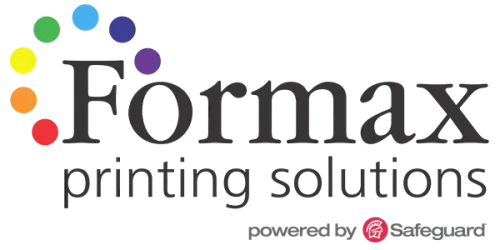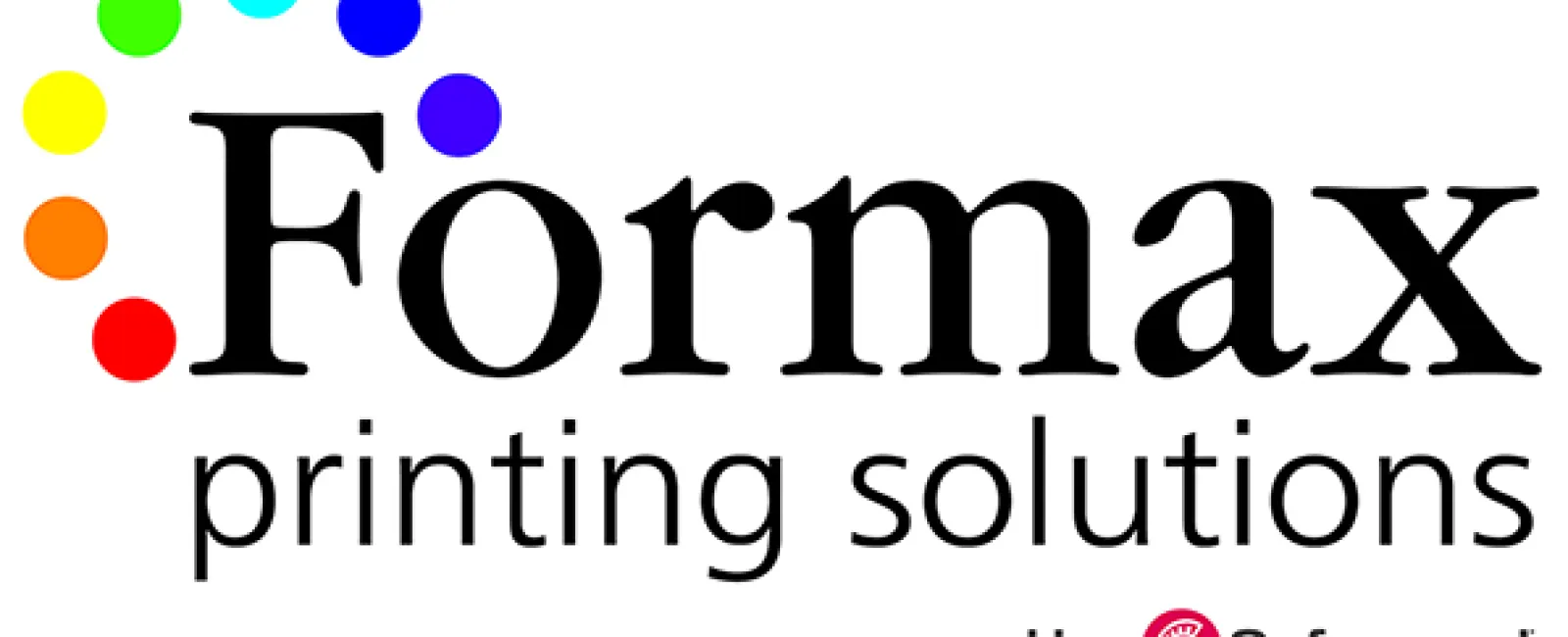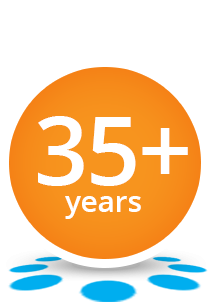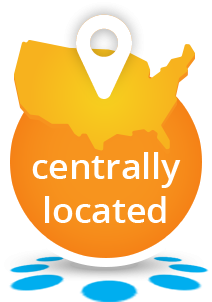This guide will walk you through the essential steps. From defining your magazine's purpose to choosing the right printing method, we've got you covered. Each step is vital to ensure a successful print run.
You'll learn how to plan content, design layouts, and select materials. We'll also explore distribution and marketing strategies. These insights will help you create a magazine that stands out.
Ready to bring your magazine vision to life? Let's dive into the world of
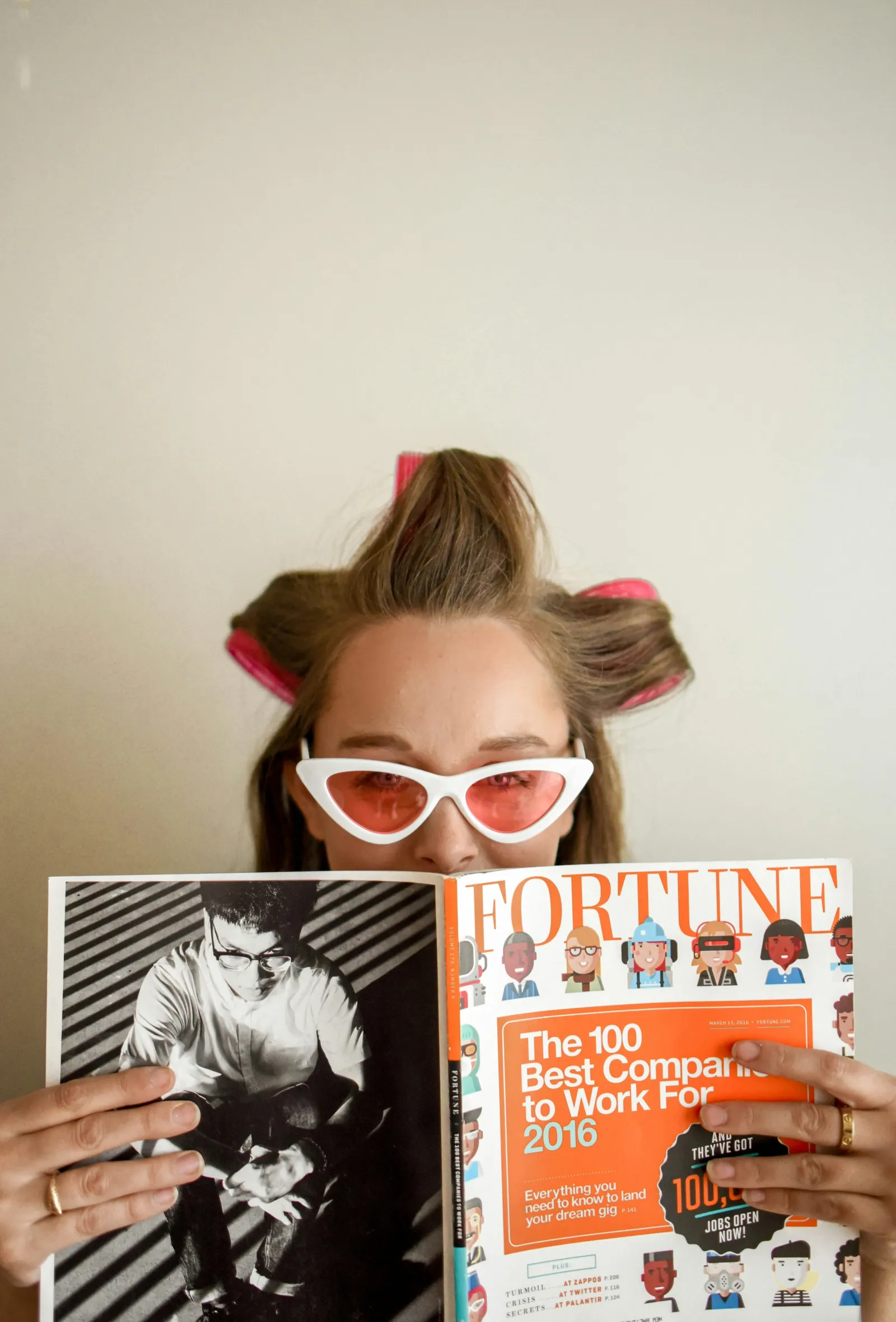
Defining Your Magazine's Purpose and Audience
Before
Knowing your audience is equally important. Who are your readers, and what do they want? Tailor your content to fit their needs and expectations. Consider their interests and what they value.
Start by answering key questions about your readers. For instance, consider their age, interests, and reading habits. Define what makes your magazine unique compared to others on the market.
Once you know your audience and purpose, create a clear vision. This vision will guide your magazine's design and content. Here's a checklist to help guide your thoughts:
- Define the magazine's main purpose.
- Identify the target audience.
- Understand their interests and needs.
- Establish a unique value proposition.
Planning Content and Structure
A well-planned magazine structure is crucial for a seamless reading experience. Start by brainstorming content ideas that align with your magazine's theme. Consider regular columns, feature stories, and special sections to keep it interesting.
Create a detailed content plan before moving forward. This should include a list of topics, possible article angles, and the writers responsible for each piece. A clear plan helps streamline the production process and prevent last-minute chaos.
Establish a logical flow for your magazine. Consider how each section will transition into the next. A well-organized magazine keeps readers engaged from start to finish.
When planning, keep flexibility in mind. Allow room for creative changes and adjustments as needed. Here's a quick list to help guide your content planning:
- Brainstorm diverse article ideas.
- Plan a logical content flow.
- Assign tasks to writers and editors.
- Allow space for creative changes.
Designing the Magazine Layout
Designing the
Invest in professional design software like Adobe InDesign. It offers powerful tools for creating stunning layouts. A well-structured layout enhances both readability and visual appeal, keeping readers engaged.
Typography plays a critical role in layout design. Select fonts that are legible and fit the magazine's style. Don't overcrowd the page; leave space to breathe and lead the reader's eye smoothly.
Colors should reflect your magazine's branding and overall vibe. A consistent color scheme fosters brand recognition and adds cohesion. Remember, less is often more when it comes to color usage.
Incorporating high-quality images is essential. Images can convey emotions and stories effectively. Make sure they complement the written content. Here's a checklist for your layout design:
- Use professional design software.
- Pick legible and stylish fonts.
- Maintain a consistent color scheme.
- Incorporate quality images.
- Ensure white space for readability.
Choosing the Right Paper, Size, and Binding
Selecting the right paper, size, and binding for your magazine is crucial. It affects both the perception and the feel of your magazine. Begin by determining the ideal size to suit your content and audience preferences.
Standard sizes are common, but custom sizes can make your magazine stand out. Consider your distribution channels when deciding on size. Larger magazines need more display space, impacting their placement.
Paper choice influences tactile interaction and visual quality. Opt for a type that complements your magazine's tone and aesthetics. Matte and glossy finishes each offer distinct looks and feels.
Binding options are equally significant. They influence durability and ease of handling. Popular options include saddle stitch, perfect binding, or spiral binding, each suited to different magazine formats and sizes.
Evaluate these options:
- Standard versus custom sizes.
- Paper types: matte versus glossy.
- Binding methods: saddle stitch, perfect, spiral.
Matching the right combinations will enhance the reader experience and solidify your magazine's brand identity.
Preparing Files for Print
Properly preparing your files is essential for successful
Your files must be in high resolution to avoid any pixelation or blurring. A resolution of 300 DPI is usually ideal. Check that all images and graphics are embedded to prevent missing elements.
File formats are crucial to maintaining design integrity. Formats like PDF are preferred for their reliability. Additionally, verify that all fonts are embedded or outlined to avoid unexpected changes in text.
Consider these steps:
- Use high-resolution images.
- Save files in PDF format.
- Check for embedded graphics and fonts.
Attention to these details ensures a smooth print process and a professional-looking magazine.
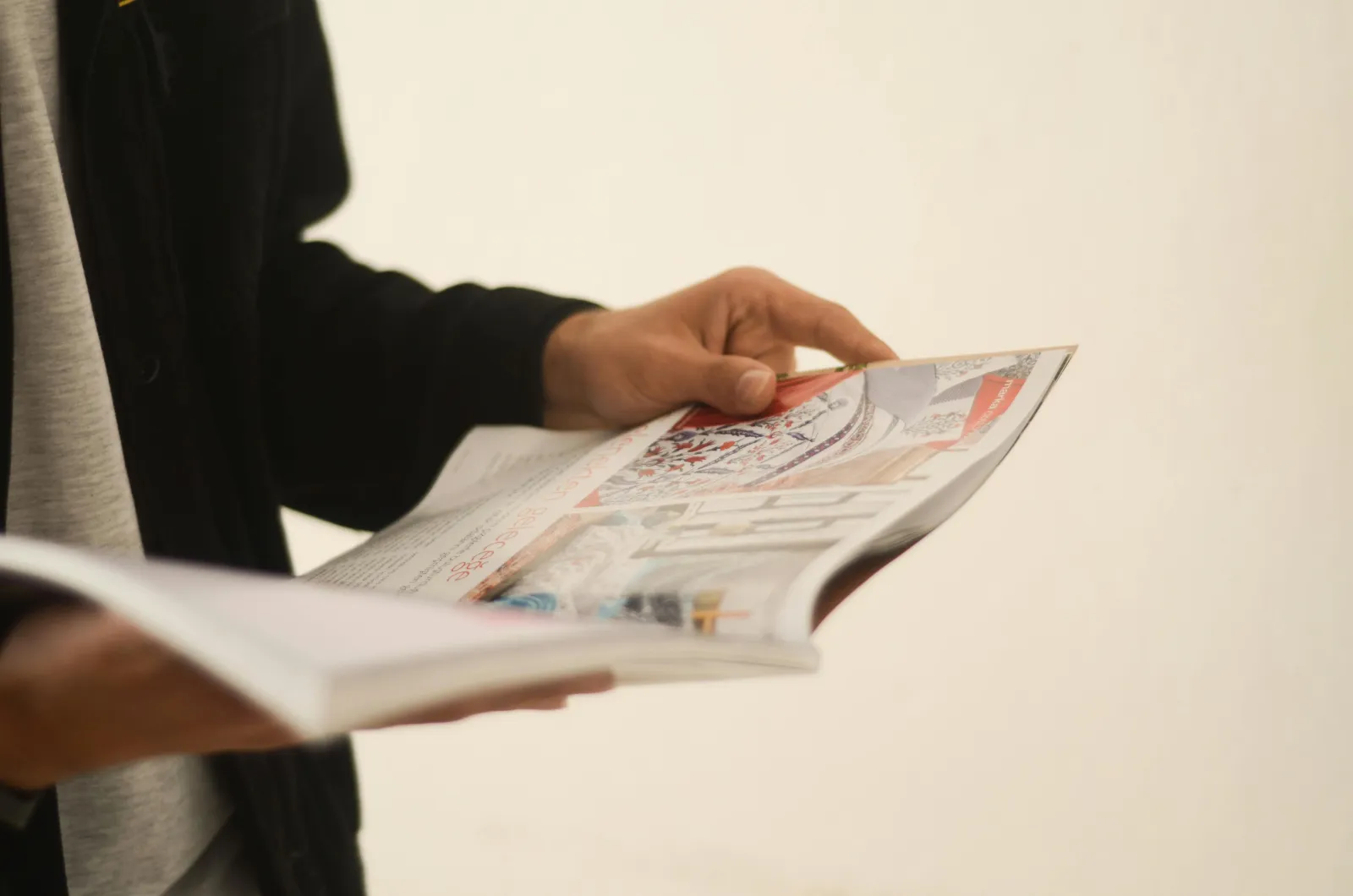
Selecting a Magazine Printing Method
Choosing the right printing method is a critical decision in magazine production. Two primary methods dominate: digital and offset printing. Each has unique benefits and considerations.
Digital printing is suitable for smaller print runs. It offers quick turnaround times and cost-effectiveness. This method is ideal when your budget is tight or you need flexibility.
Offset printing, on the other hand, is preferred for larger quantities. It provides superior image quality and color consistency. Though setup costs are higher, it becomes economical as the print volume increases.
Consider these factors when deciding:
- Quantity of magazines to print.
- Budget constraints and timelines.
- Quality and color consistency requirements.
Choosing the best method depends on your specific needs. Evaluating the pros and cons helps align your choice with your goals. Understanding these methods enhances your production strategy, ensuring your magazine turns out just as you envisioned.
Calculating Print Run and Budget
Determining the print run is crucial for both cost management and meeting demand. Start by estimating your magazine's audience size. Consider distribution channels like subscriptions, newsstands, or events to gauge potential reach.
Align the print run with your budget by balancing quality and quantity. Assess the costs of materials, printing, and distribution. A smaller print run reduces expenses but may limit distribution.
Create a thorough budget plan by breaking down these components:
- Printing and production costs.
- Distribution and marketing expenses.
- Contingency funds for unforeseen costs.
A clear understanding of print run and budget helps avoid wastage. Prioritize spending based on strategic goals to achieve optimal resource allocation. This careful planning ensures that your magazine project remains financially viable.
Proofing and Quality Control
Ensuring the quality of your magazine is vital before it reaches readers. Start with thorough proofreading to catch all errors. Carefully review all text for spelling and grammatical mistakes.
Next, check the design elements for consistency. Ensure images are clear and have the correct resolution. Verify that all design features, such as typography and layout, align with your initial plan.
Conduct a final review with a checklist covering:
- Spelling and grammar accuracy.
- Design consistency and resolution of images.
- Alignment of text, images, and overall layout.
This attention to detail upholds professionalism. A well-polished magazine leaves a lasting impression on your audience. A systematic approach to quality control ensures a flawless publication.
Distribution and Marketing Strategies
Successfully distributing your magazine is crucial to reach your audience. Begin by identifying the best distribution channels. Evaluate options like subscriptions, newsstands, or digital platforms.
Next, develop a solid marketing strategy. Consider how to effectively promote your magazine to attract readers and create buzz. Utilize various marketing tools to maximize reach.
Leverage the power of social media. Engage with your audience and build a community around your publication. Use platforms like Instagram, Facebook, and Twitter to share sneak peeks and updates.
Key strategies include:
- Identifying effective distribution channels.
- Developing a robust marketing plan.
- Engaging with readers on social media.
Remember, understanding your audience and how to reach them is vital. Consistent marketing efforts ensure your magazine maintains visibility in a competitive market. Stay creative and adaptable in your approach to achieve long-term success.
Staying Current and Growing Your Magazine
To keep your magazine relevant, stay updated with industry trends. This involves monitoring changes in reader preferences and new technologies. Adapt your content and design based on these insights.
Regularly evaluate your magazine's performance. Use analytics to gain deeper understanding of your readership. Such data helps tailor future issues to meet audience expectations.
Consider ways to expand your reach and influence. Explore opportunities like partnerships or themed special editions to attract new readers.
Some growth strategies include:
- Staying informed about industry trends.
- Utilizing analytics to refine content.
- Exploring partnerships and special editions.
By continually evolving, your magazine can remain competitive and captivating. Nurture a culture of innovation to ensure your publication thrives.
Conclusion: Bringing Your Magazine to Life
Creating a magazine is a journey that combines creativity with meticulous planning. By carefully following each step, you ensure a smooth path from concept to final printed product. This process not only involves artistic flair but also strategic decision-making to achieve success.
Remember, the key lies in staying committed to your vision. As you bring your magazine to life, focus on delivering quality content and design that resonates with your audience. Do you have an upcoming project where printing a magazine would be a good fit? Reach out to us at 866.367.6221 or submit our quote request form and we would be happy to discuss your project.
